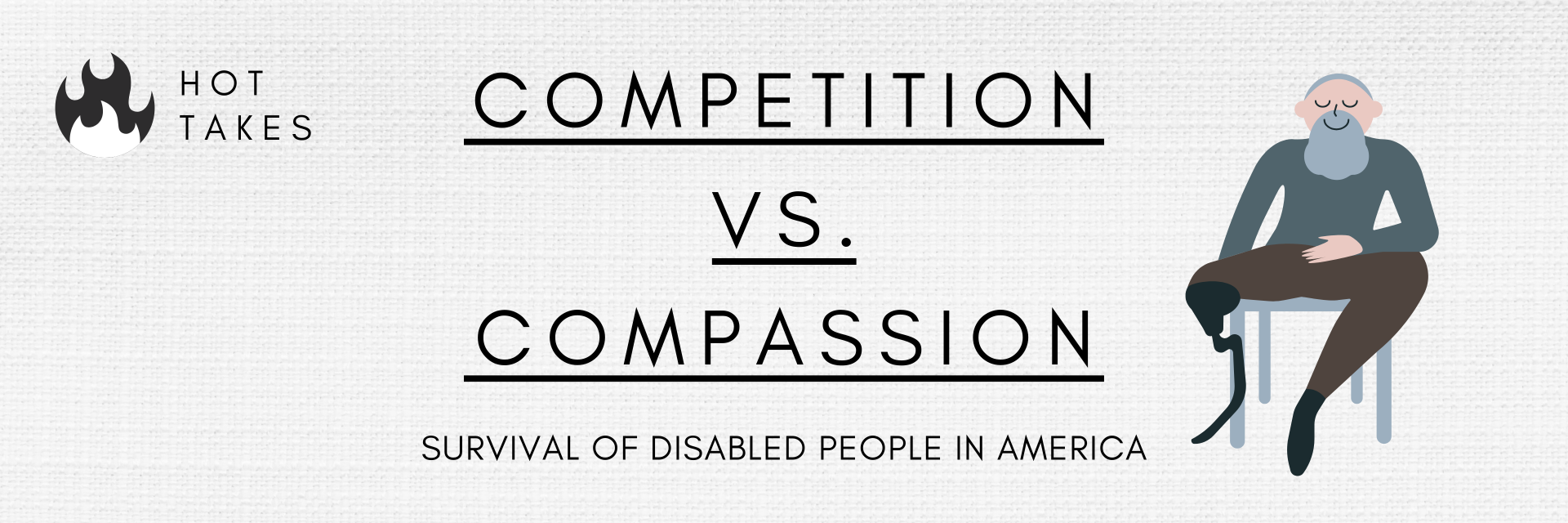
With the elections approaching, politicians are unveiling their policy plans. Both Donald Trump and Bernie Sanders have released their plans for disability benefits but they differ heavily. Trump wants to limit the amount of disability benefits given out while Bernie wants to expand inclusivity and give health care and equal benefits to all. Today, people who have a disability that limits them from earning a sustainable wage for comfortable living can apply for Social Security Disability Benefits.
The government uses a five-point process to determine whether you meet the SSDI (Social Security Disability Insurance) qualifications. First, they see if you are working. If you aren’t able to work or make less than the monthly earning limit ($1,220 per month for most people and $2,040 for blind people) you may be eligible. Second, they check to make sure the disability is so severe it inhibits you from performing substantial gainful activity (physical or mental action needed for a job) for at least a year. Third, they check to see if your disability is on their list for medical conditions that inhibit substantial gainful activity; or if it’s not, that it is equivalent to one that is on the list. Fourth, they check to see if you can continue the current job you have. Finally, they take into account your work experience and skills to determine if you can complete another kind of work.
Processing applications for SSDI can take over a year and only one-third of the applicants are actually accepted to receive these benefits. Right now, there are around 8.5 million people on it. They can receive monthly stipends varying between $200 and $3,000 but the average amount given out is $1,236 a month. Before even getting money, the applicant is reviewed in person by a government official. Depending on the applicant’s expectancy to get better they are put into three categories: medical improvement expected, possible, or not expected. Based on the category they are put in, government officials come and check up on them to see if their disability still prohibits them from working.
With Trump's new plan he proposes to add a fourth category: medical improvement likely. This new category will limit benefits for millions but will save an estimated two billion dollars over 10 years. This new category targets older disabled workers who didn’t win benefits strictly because of their disabilities, but also because they were lower-skilled and unlikely to be able to succeed in some new occupation. At first glance, I wasn’t too keen on Trump’s plan since it seemed as if he wanted to take away rights and equality for the disabled community. As I researched the qualifications for receiving SSDI I learned that many of the people who receive these benefits are older, as they take into account your ability to learn and adapt to a new job. It seemed as if many of the people on this disability insurance weren’t “traditionally” disabled but just getting older. They receive these benefits since they are unable and/or unwilling to learn and adapt to a new job. I’m not sure if I would categorize these people necessarily as disabled but I also acknowledge that they may need assistance to meet a comfortable standard of living. Many of these people are too young to receive retirement benefits but their health keeps them from being able to earn a substantial wage. Being able to meet a comfortable standard of living is really tough and stems from deeper problems in the US.
With the standard of living being so hard to reach, I’m all for people with disabilities receiving Social Security Disability Insurance because they face extra costs of living. Transportation, medical expenses and personal assistance/assistive devices cost more for the disabled but are essential for the minimum standard of living. Being able to live a comfortable life is a lot tougher and more expensive for the disabled community. They can also have a hard time because of barriers they face towards getting an education, finding decent work and participating in civic
life. Overall, they face way more inequality, yet America’s Disability Insurance is less than the average when compared to other countries. I was a fan of Bernie’s plan to protect SSDI benefits but as I researched more I don’t know how I feel about the government’s definition of disability. I always thought of disabilities as something people are born with, develop at a young age or are a result of an accident.
The US is a competitive environment and Trump’s plan highlights that. He doesn’t want money given to people just because they can’t adapt and I can understand his viewpoint. Bernie’s plan is a lot more compassionate on the other hand. Before working at the DCP I didn’t know much about disabilities. As I’ve befriended my coworkers, some of whom have disabilities, I’ve learned about the many injustices they face and have felt more compassionate towards the disabled community. Researching this topic has gotten me thinking a lot about what defines a disability and I’m still not completely sure. It’ll be interesting to see how the upcoming elections go and see how competitive or compassionate America wants to be.

